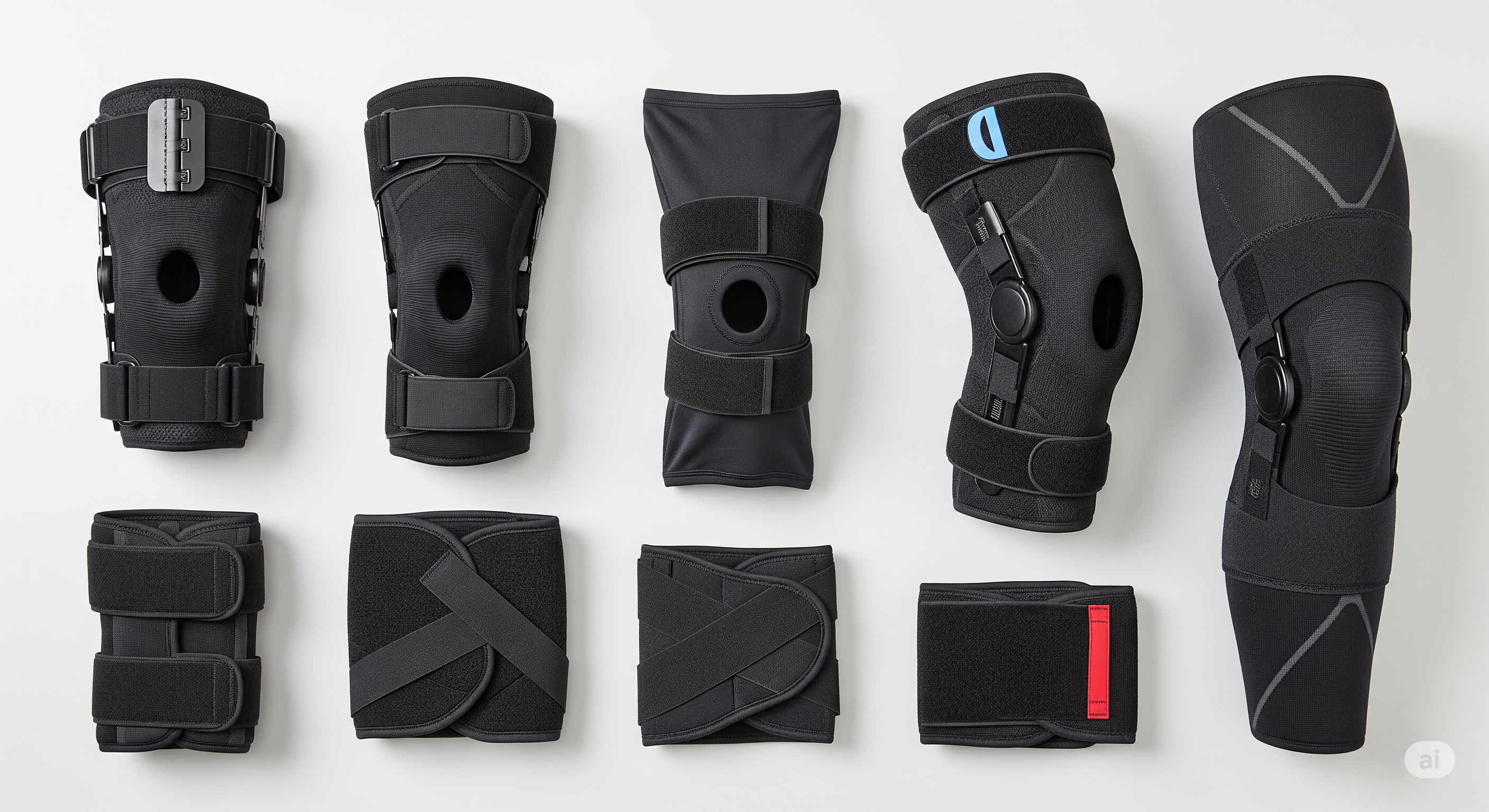Knee Brace Buying Guide: How to Choose the Right Brace for Your Injury or Condition
Choosing a knee brace can feel complicated. With so many options on the market, how do you know which one will provide the support you need? The key is to match the brace to your specific injury, activity level, and recovery goals. A knee brace isn’t just a generic support—it’s a targeted tool for stability, pain relief, and healing. This guide will help you understand the different types of braces and what to consider before you buy.
Important Disclaimer: Always consult with a healthcare professional, physical therapist, or orthopedic specialist before selecting a knee brace or starting a new treatment plan. They can provide a proper diagnosis and recommend the best course of action.
1. Understanding the Different Types of Knee Braces
The first step is to recognize the main categories of knee braces and their intended uses.
- Prophylactic Braces: These are primarily used by athletes to prevent knee injuries, especially during contact sports. They are designed to protect the ligaments from impact and stress.
- Functional Braces: Worn after an injury or surgery, functional braces provide support to an unstable knee. They are designed to allow a full range of motion while providing stability to the knee ligaments, particularly the ACL, PCL, MCL, and LCL.
- Rehabilitative Braces: These braces are used post-surgery to limit movement and protect the knee during the initial healing process. They have adjustable hinges that can be locked at specific angles to control the knee’s range of motion.
- Unloader/Offloader Braces: Designed for people with osteoarthritis, these braces shift pressure from the painful part of the knee to a healthier area. They can help reduce pain and improve mobility by “unloading” stress from the joint.
- Patellofemoral Braces (Knee Sleeves): These are often the simplest type of knee brace. They provide compression around the kneecap (patella) to help with pain from patellar tendonitis, runner’s knee, or general soreness. They offer mild support and are often made from neoprene.
2. Matching the Brace to Your Injury or Condition
Here’s a quick guide to help you match your condition to the right type of brace:
- For Ligament Injuries (ACL, PCL, MCL, LCL): A functional brace is often recommended by doctors to provide stability and support during everyday activities and sports.
- For Osteoarthritis: An unloader/offloader brace can significantly reduce pain and improve function by relieving pressure on the affected part of the joint.
- For Patellar Tendonitis or Runner’s Knee: A patellofemoral brace or a simple knee sleeve is often enough to provide the necessary compression and support.
- Post-Surgery: A rehabilitative brace with adjustable hinges is essential for protecting the surgical site and controlling movement during the initial recovery period.
3. What to Consider When Buying
Once you have a general idea of the type of brace you need, consider these additional factors:
- Size and Fit: A brace that doesn’t fit properly won’t be effective and can cause discomfort or skin irritation. Always follow the manufacturer’s measuring instructions.
- Material: Look for breathable, comfortable materials that won’t cause excessive sweating or chafing, especially if you’ll be wearing it for long periods.
- Activity Level: If you plan to wear the brace during sports or a physically demanding job, look for a durable, lightweight design that won’t restrict your movement.
Conclusion
Choosing the right knee brace is a crucial part of managing an injury, recovering from surgery, or dealing with a chronic condition like arthritis. By understanding the different types and considering your specific needs, you can find a brace that provides the support and stability required to help you get back to your daily life with confidence.
Ready to find the right support for your knee? Explore our comprehensive selection of knee braces and other orthopedic supplies to discover the perfect solution for your health and mobility.




